
+
NUTRITION FOR INFANTS,
CHILDREN AND ADOLESCENTS

+
There are six main ingredients in
:
1-Carbohydrate.
2- Fat.
3-Protein.
4- Vitamin.
5-Minerals.
6- other nutrients.

+
2-According to daily caloric requirement(100-120 cal\kg of body wt.):
* No. of cal. Required \ 24 hrs=
Total caloric requirement(p.d.) x baby's
body wt.
*No. of ounces infant needs\ 24 hrs =
( total cal. Requirement\24 hrs) \20
=(X )ounces.
*Volume of feeding in ml =
(X) x30\ no. of feeding.
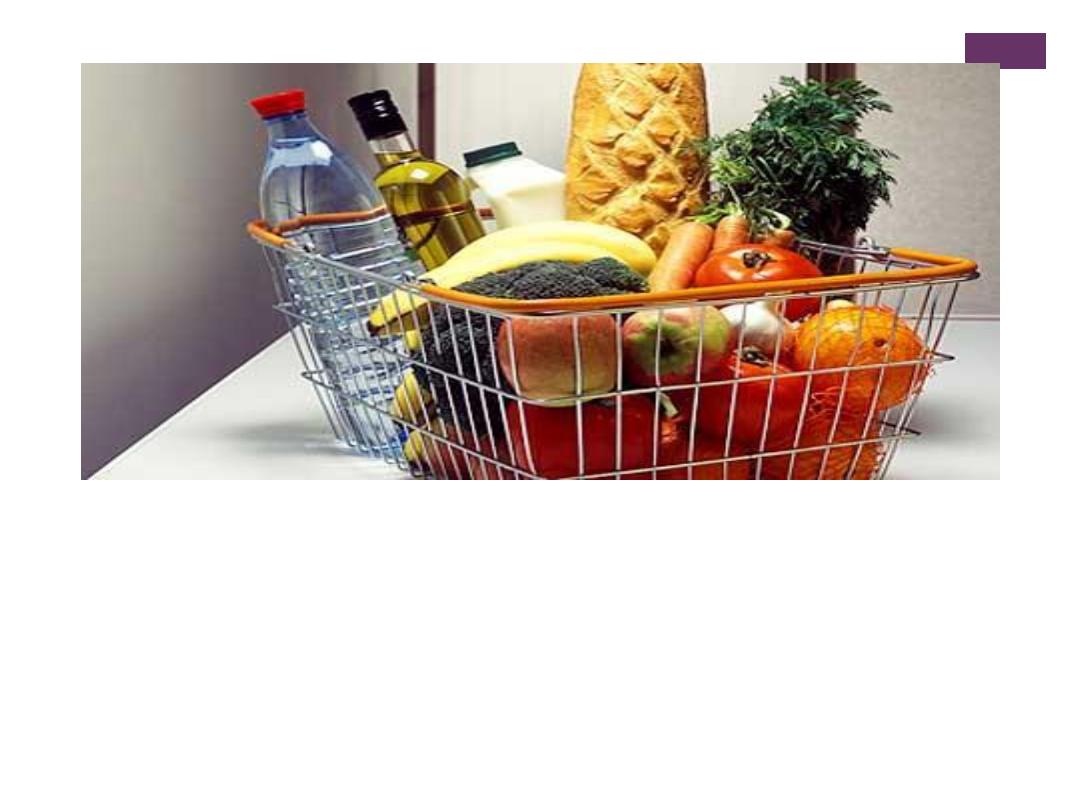
Diet is a source of energy, provided
by the 3 main classes of nutrients
(macronutrients) and micronutrients
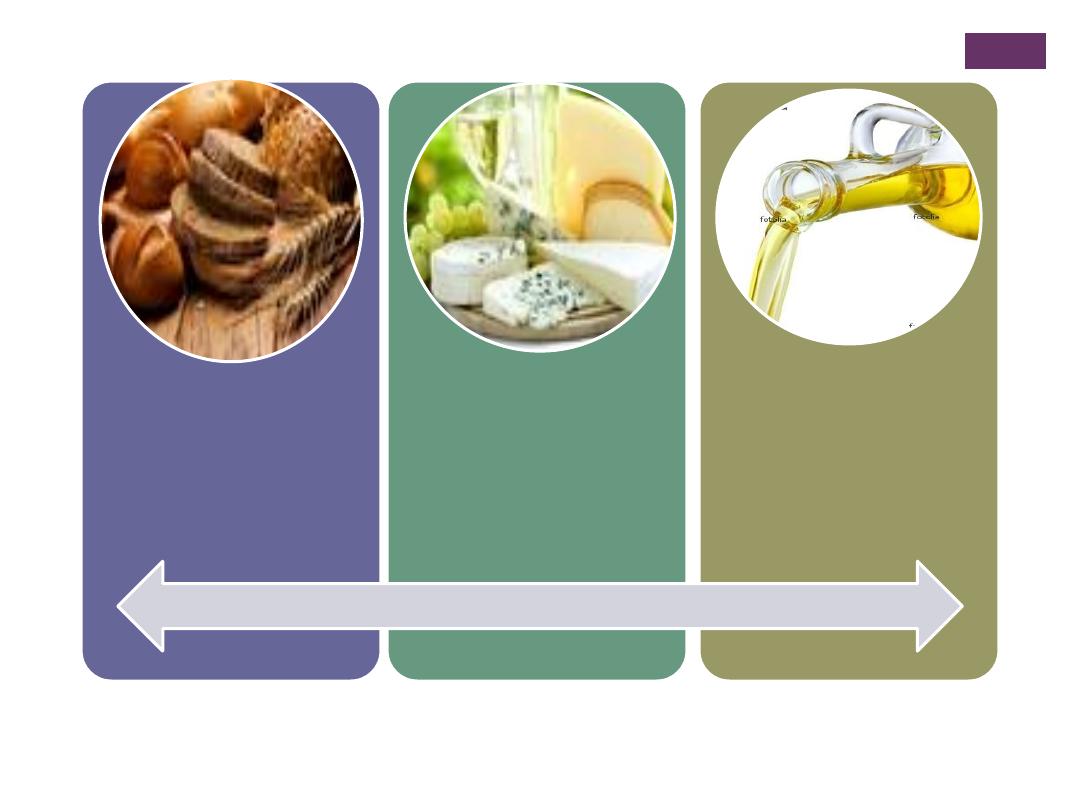
Carbohydrate
Protein
Fat

1g of Protein = 4 Cal
1g of Starch = 4 Cal
1g of Fat = 9 Cal
1 Cal = 1 Kcal = 4.18 Kj

Micronutrients
Vitamins
Trace
elements
Water
Minerals

+
Basic Macronutrients
(continued)
Carbohydrates
First source of energy for the body
Major source of energy for central nervous system
Provide glucose to liver to store for energy
Found in Level One and Level Two foods
Diet should consist of 58% carbohydrates
Too little causes body to use up fat and protein
© 2007 by Thomson Delmar Learning
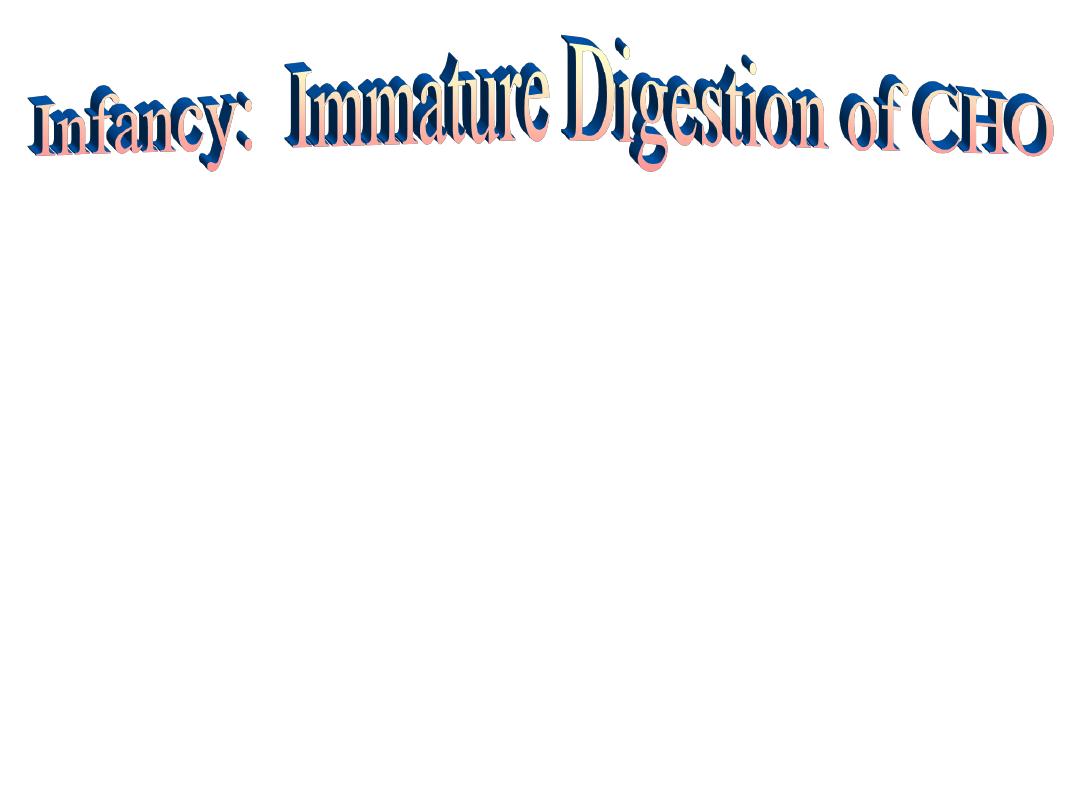
W
Primary sources of CHO in newborn and infant diet are
disaccharides (esp. lactose)
W
Disaccharides must be broken into component
monosaccharides to be absorbed
Lactose = glucose + galactose (lactase)
Sucrose = glucose + fructose (sucrase)
Maltose = glucose + glucose (maltase)

+
Basic Macronutrients
(continued)
Fats
Second source of energy
Supplies essential fatty acids for child’s growth
Cushions organs, maintains body temperature, promotes healthy
skin, helps carry fat-soluble vitamins and regulates cholesterol
metabolism
Diet should consist of 25% to 35% fats
© 2007 by Thomson Delmar Learning

+
Basic Macronutrients
(continued)
Types of fats
Saturated raises cholesterol found in animal fats
Monounsaturated is neutral found in olives, peanuts, nuts, and
avocados
Polyunsaturated lowers cholesterol found in plants and plant oils
RDA recommends 10% from each category
Adequate fat is necessary
Trans fats
occur when vegetable oils are saturated as a result of the heat and
hydrogenation in order to process these oils into margarine or
shortening
sources of trans fats
baked goods
snack foods
also found in some animal fat
© 2007 by Thomson Delmar Learning

+
Basic Macronutrients
(continued)
Protein
third source of energy
major building block in our bodies, found in every cell
build new cells, aids in repairing damaged tissue, forms enzymes
for digestion, and provides hormones and antibodies that help
resist infection
© 2007 by Thomson Delmar Learning

+
Basic Macronutrients
(continued)
Protein (continued)
Made of amino acids
9 are essential
Complete proteins have all 9
Complete proteins come from animal sources
Incomplete proteins have some but not all 9 essential amino
acids
Foods must be combined properly to provide complete protein
© 2007 by Thomson Delmar Learning

+
Basic Micronutrients
Helper nutrients (micronutrients)
vitamins
minerals
water
© 2007 by Thomson Delmar Learning

+
Basic Micronutrients
(continued)
Vitamins assist energy nutrients and aid in metabolism
fat soluble
vitamin A, vitamin D, vitamin E, vitamin K
water soluble
vitamin B and vitamin C
© 2007 by Thomson Delmar Learning

+
Basic Micronutrients:
Fat-Soluble Vitamins
Vitamin A
Promotes growth; good vision, bones, and skin; and helps heal
wounds
Sources are yellow, orange, and green fruits and vegetables
Considered an antioxidant
Vitamin D
Needed to help calcium make strong bones and teeth
Produced naturally in the skin
Sources are sunshine and is added to milk; found in fatty fish,
liver, eggs, and butter
© 2007 by Thomson Delmar Learning

+
Basic Micronutrients:
Fat-Soluble Vitamins
(continued)
Vitamin E
Helps preserve cell tissues
Protects red blood cells and lungs
Is an antioxidant
Sources are whole grains, vegetable oils
Vitamin K
Needed for normal blood clotting
Sources are dark green leafy vegetables and whole grains
© 2007 by Thomson Delmar Learning

+
Basic Micronutrients:
Water-Soluble Vitamins
Vitamin B
Thiamin essential for
carbohydrate metabolism
and
functioning of nervous system
Niacin essential for
carbohydrate metabolism, fat synthesis,
and tissue respiration
Insufficient niacin can lead to pellagra or the
Four Ds: dermatitis, diarrhea, dementia, and death
© 2007 by Thomson Delmar Learning

+
Basic Micronutrients:
Water-Soluble Vitamins
(continued)
– Vitamin B
(continued)
Riboflavin essential for
carbohydrate, fat, and protein
metabolism;
promotes healthy skin, eyes, and clear vision
Folic acid required for normal growth,
prevents anemia
,
and is important in reproduction
Overall sources are grains, green leafy vegetables, meats,
nuts, and milk products
© 2007 by Thomson Delmar Learning

+
Basic Micronutrients:
Water-Soluble Vitamins
(continued)
Vitamin C
Is an
antioxidant
Helps fight disease and protect against free radicals
Assists with formation and maintenance of
collagen
Helps to heal wounds and maintain healthy blood vessels
Stimulates
immune system & iron absorption
.
Sources are citrus fruits, cabbage, kale, broccoli, bell peppers,
black currants, and turnip greens
© 2007 by Thomson Delmar Learning

+
Basic Micronutrients: Minerals
Help metabolism and regulate body fluids
Calcium present in
all bones and teeth
Regulates body systems, promotes nerve transmission, and
functions in
muscle contraction
Major source is milk and milk products
© 2007 by Thomson Delmar Learning

+
Basic Micronutrients: Minerals
(continued)
Phosphorus present in all bones and teeth
Transports fat and provides enzymes for energy metabolism
Sources are milk products, meat, poultry, fish, and whole grains
© 2007 by Thomson Delmar Learning

+
Basic Micronutrients: Minerals
(continued)
Iron combines with protein to form red blood cells and carry
oxygen
Helps immune system resist infection and enzymes to release
energy to body
Improve cognition & CNS concentration.
Sources are milk, meat, leafy green vegetables, and whole
grains
© 2007 by Thomson Delmar Learning

+
Basic Micronutrients: Minerals
(continued)
Sodium important for fluid balance in body
Contributes to nerve stimulation and muscle contraction
Main factor in renal solute with protein.
Sources are salt, baking soda, celery, milk, eggs, poultry, and
fish
© 2007 by Thomson Delmar Learning

+
Basic Micronutrients: Minerals
(continued)
Magnesium present in
bones and teeth
Transmits nerve impulses, aids enzymes for energy
metabolism, and helps
muscle contraction
Sources are milk, meat, green leafy vegetables, whole grains,
and legumes
© 2007 by Thomson Delmar Learning

+
Basic Micronutrients: Minerals
(continued)
Potassium important for protein and carbohydrate metabolism
Helps in
water balance and transmits nerve impulses
Sources are vegetables, fruit juices, and fruits, especially
bananas and tomatoes
© 2007 by Thomson Delmar Learning

+
Basic Micronutrients: Minerals
(continued)
Fluoride promotes strength of bone and teeth structure
Prevents tooth decay
Sources are fish and fluoridated water
Fluoride controversy
© 2007 by Thomson Delmar Learning

+
Dangers of Unmodified Cows Milk
High renal solute load:
Hypernatraemia
High blood urea and acidaemia
Hyperosmolality
Hypocalcaemia
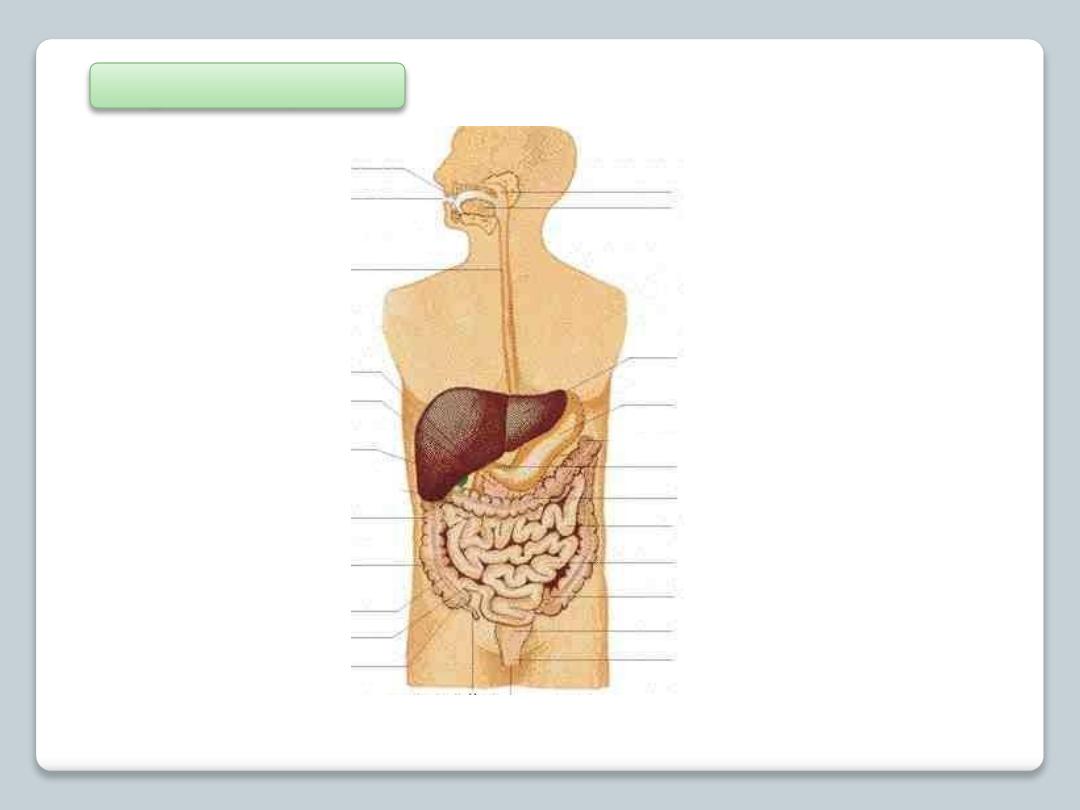
Teeth
Mouth
oesophagus
duodenum
pancreas
Gall bladder
Intestine
Ileum
Caecum
Appendix Anus
Rectum
Tongue
Liver
Stomach
Pylorus
Intestine
Digestive System

All along the intestinal route (from the mouth up to the intestinal barrier), the
ingested foods are degraded and transformed into nutrients, which are
directly utilized by the organism
Nutritional
intake
Selectivity of
the organism
Nutritional
elements
Oral feeding
Oral barrier
Foods
Nutriments
(proteins, Fat, CHO)
New molecules +
Energy
Digestion (mouth,
gastric, intestinal)
Enteral Nutrition
Intestinal barrier
Absorption
Parental Nutrition
Metabolic barrier
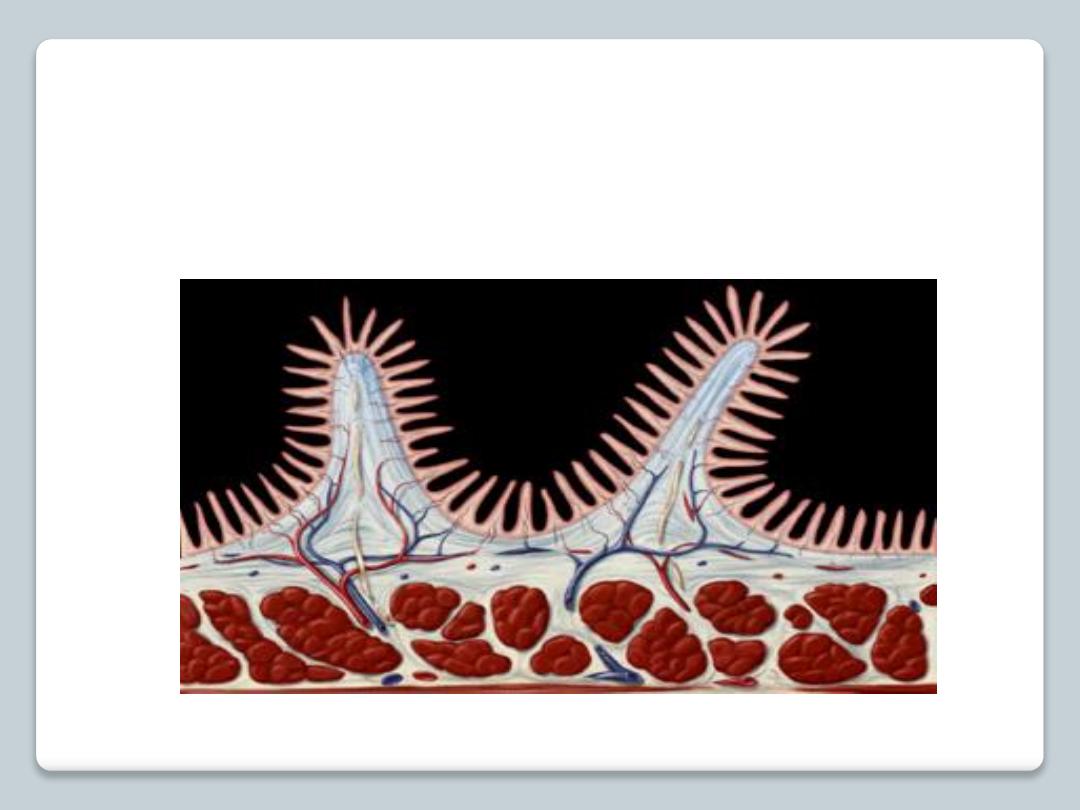
The final products of digestion are absorbed through the intestinal barrier,
which is composed by asymetric cells, called the enterocytes. The apical
border of these cells, called the brush border, is made of villosities which
allow an important increase of the absorption surface

3 different modes of intestinal absorption are :
• Diffusion is a passive process which involves random movement through
openings in the membrane using channel proteins (simple diffusion), or in
combination with a carrier protein (facilitated diffusion).
• Active transport : this process requires the input of energy for the
movement of ions or other substances in combination with a carrier protein
across a membrane against an energy gradient.
Some nutrients may share the same carrier and thus compete for
absorption. Carrier system may also be saturated, and the absorption of
nutrients is thus slowed.

Some molecules are moved from the intestinal lumen into the mucosal cells
by means of pumps, which requires ATP (adenosine triphosphate) and a
carrier.
The absorption of glucose, sodium, galactose, potassium, magnesium,
phosphate, iodide, calcium, iron and amino-acids is thought to occur in this
manner.
After crossing the enterocyte, molecules are directly poured into portal
blood and utilized by the organism, either for catabolism (destruction of
these molecules with energy production), or for anabolism (storage).
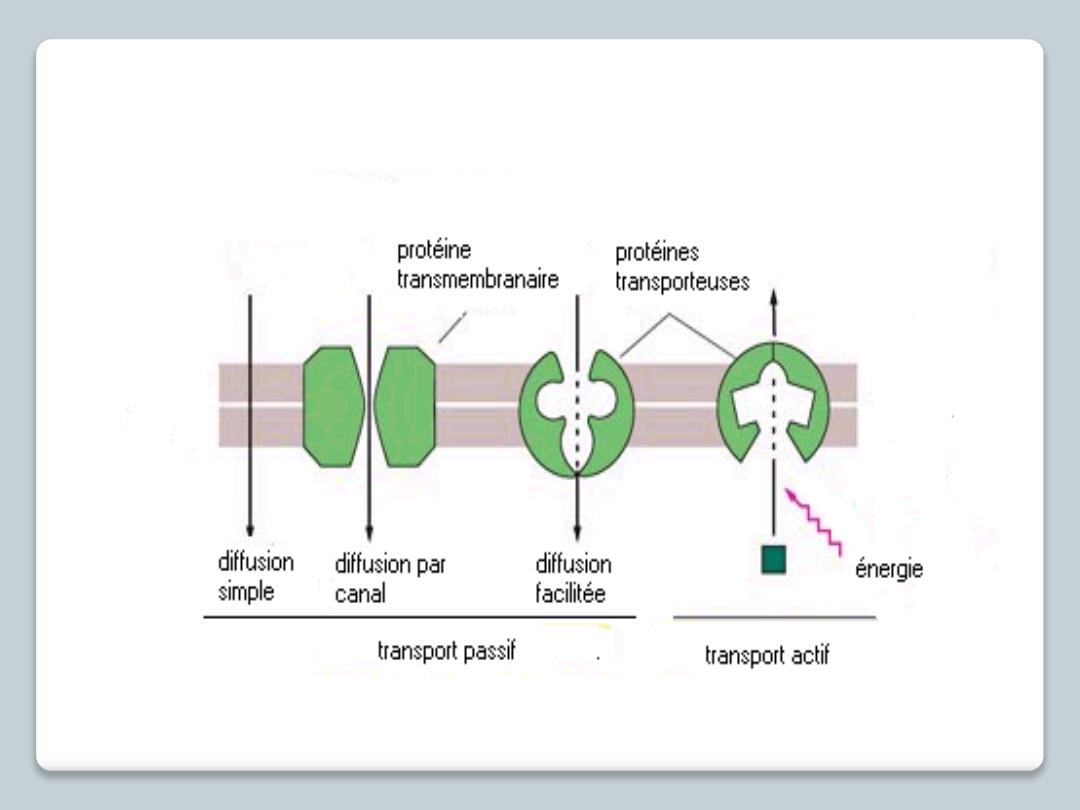
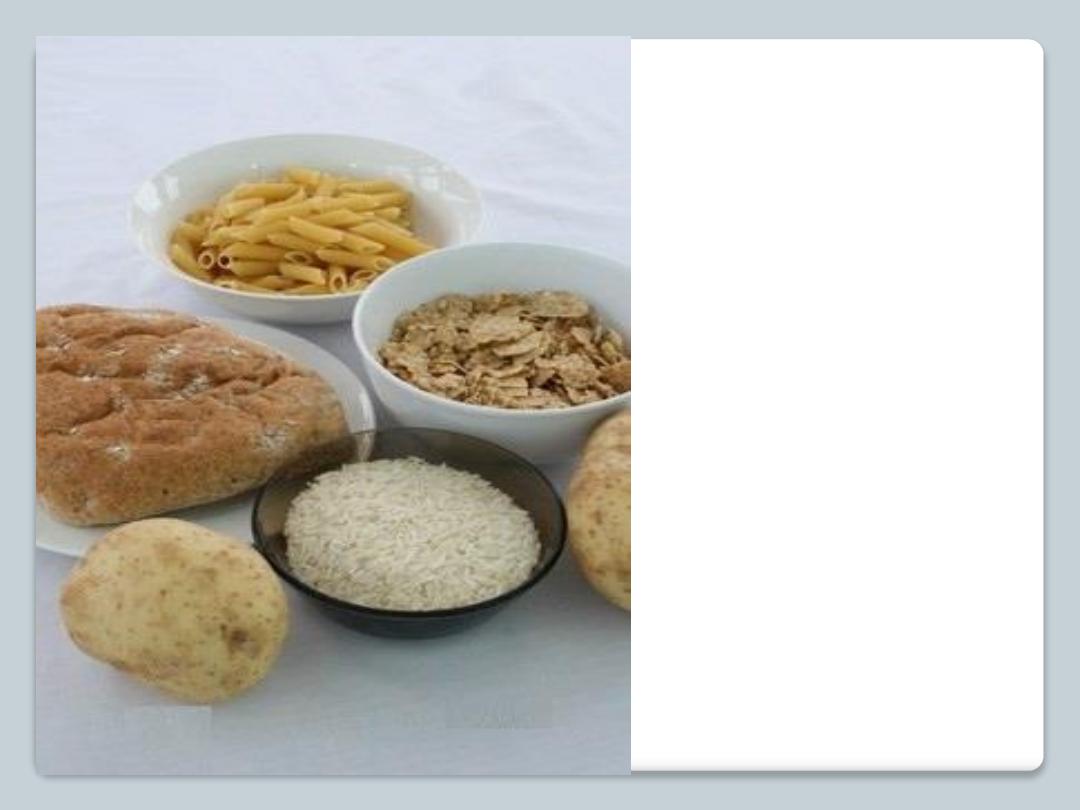
CARBOHYDRATES
Sugars and their polymers
are the most abundant
constituents of the living
materials.
CHO should represent 50%
of total energetic daily intake

• cellulose
• Fructose,
starch
Vegetable
• chitin
• glycogen
Animal
Sources

Roles
Energetic role:
CHO are the essential source of energy for cells.
Some cells are exclusively glucodependant (RBC,
neurones)

Structure
Monosaccharides
Oligosaccharides
Simple polysaccharides
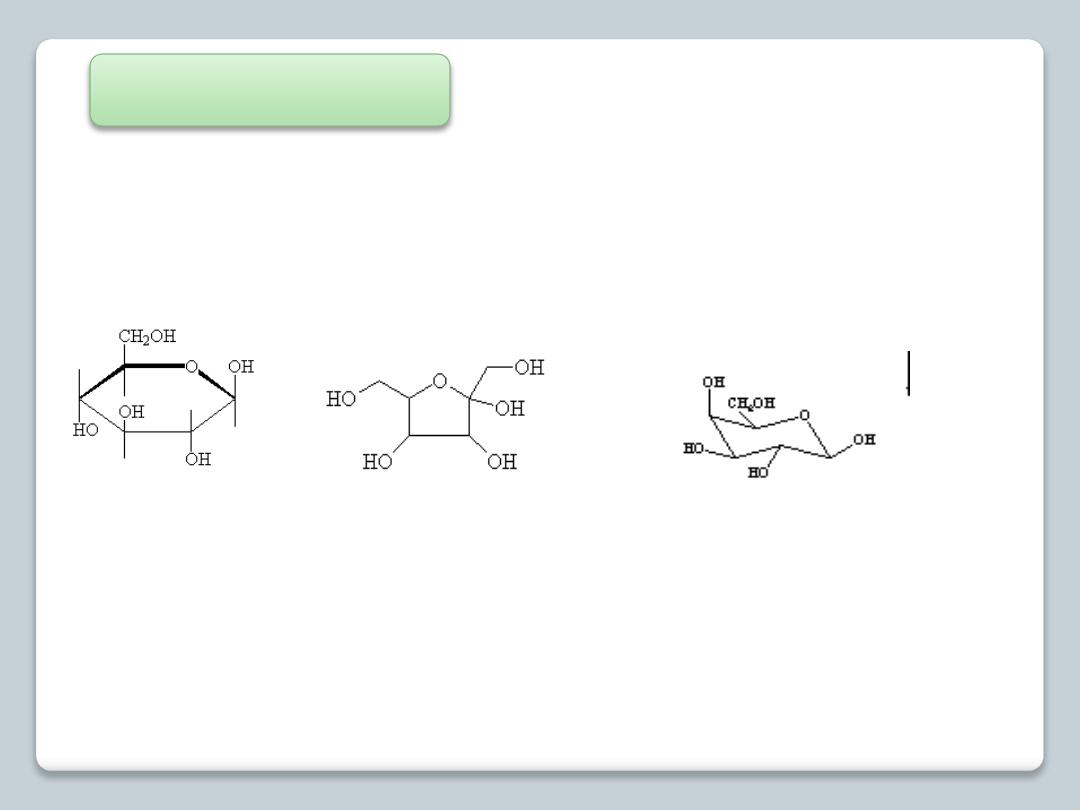
Monosaccharides
Monosaccharides are the elemental components of carbohydrates.
These are essentially hexoses (composed by 6 carbon atomes) :
Glucose Fructose Galactose

Oligosaccharides
Oligosaccharides are made of 2 to 10 units of simple sugars.
Maltose = 2 molecules of glucose
Lactose = 1 glucose + 1 galactose
Sucrose = 1 glucose + 1 fructose
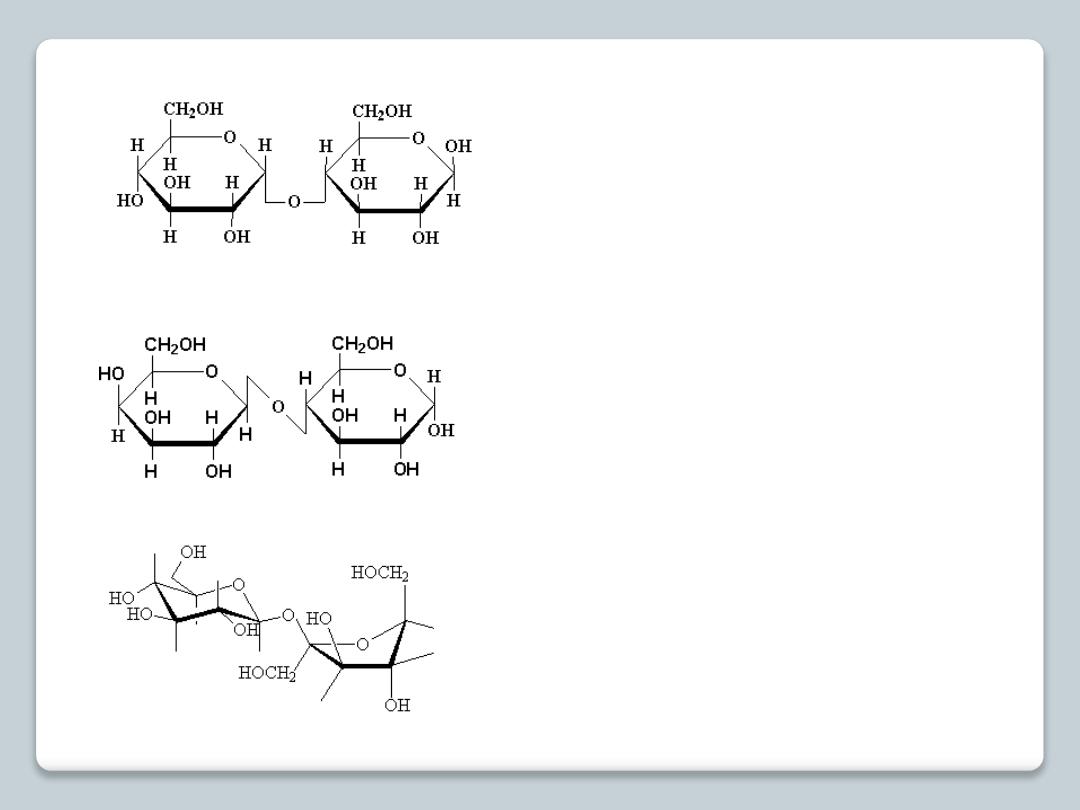
Maltose = 2 molecules of
glucose
Lactose = 1 glucose + 1
galactose
Sucrose = 1 glucose + 1
fructose

Starch
Starch is hydrolysed in several steps :
In the mouth, by a salivary amylase.
In the intestine, by a pancreatic amylase, which is poured out
in the small intestine from the pancreas.

Transport - Storage
Monosaccharides are transported via portal blood.
Glucose is stocked
• in the form of glycogen in the liver
• in the form of glucose-6-phosphate in the peripheral tissues
Galactose and Fructose are almost entirely cleared by the liver in
the form of glycogen (after transformation in galactose-1- phosphate
and fructose 1-phosphate )
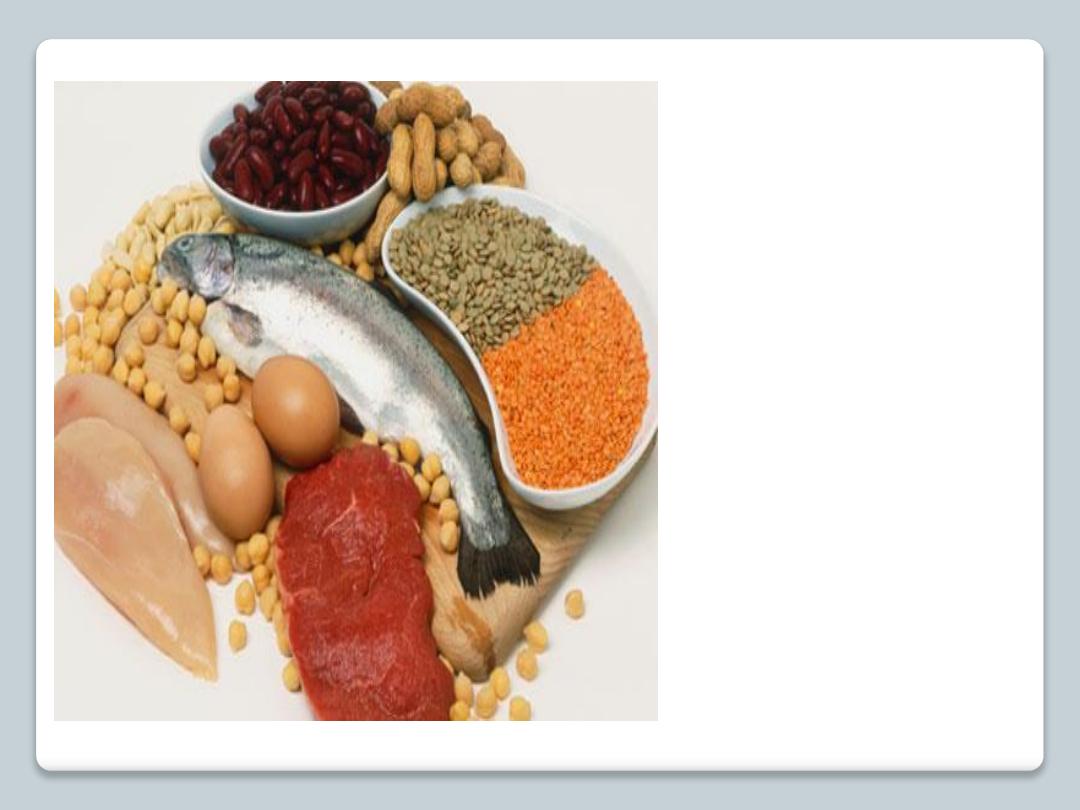
Proteins
Intake of proteins
varies according
to the age

Animal: meat,
eggs, fish, milk,
dairy products
Vegetables:
cereals, algae
Sources

Roles
Structural role
Proteins are the basic constituents of cells and
tissues ; they are essential for growth, reproduction,
maintenance of tissues...
Functional role
Essential active molecules such as haemoglobin,
lipoproteins, hormones, enzymes... are proteins.

The digestion is achieved by the
intestinal brush border enzymes
(peptidases), releasing 100%
amino-acids. They are then
transported through enterocytes by
active transport.

Milk proteins
caseins
, , caseins
whey proteins
-
- lactalbumin
-
- lactoglobulin (absent from human milk
but present in cow milk))
- lactoferrin
- serum albumin
- lysozyme
- immunoglobulines
An acidic treatment of milk gives rise to 2 fractions, allowing the
separation of the caseins (in the curd) from the whey proteins
(in the lactoserum)
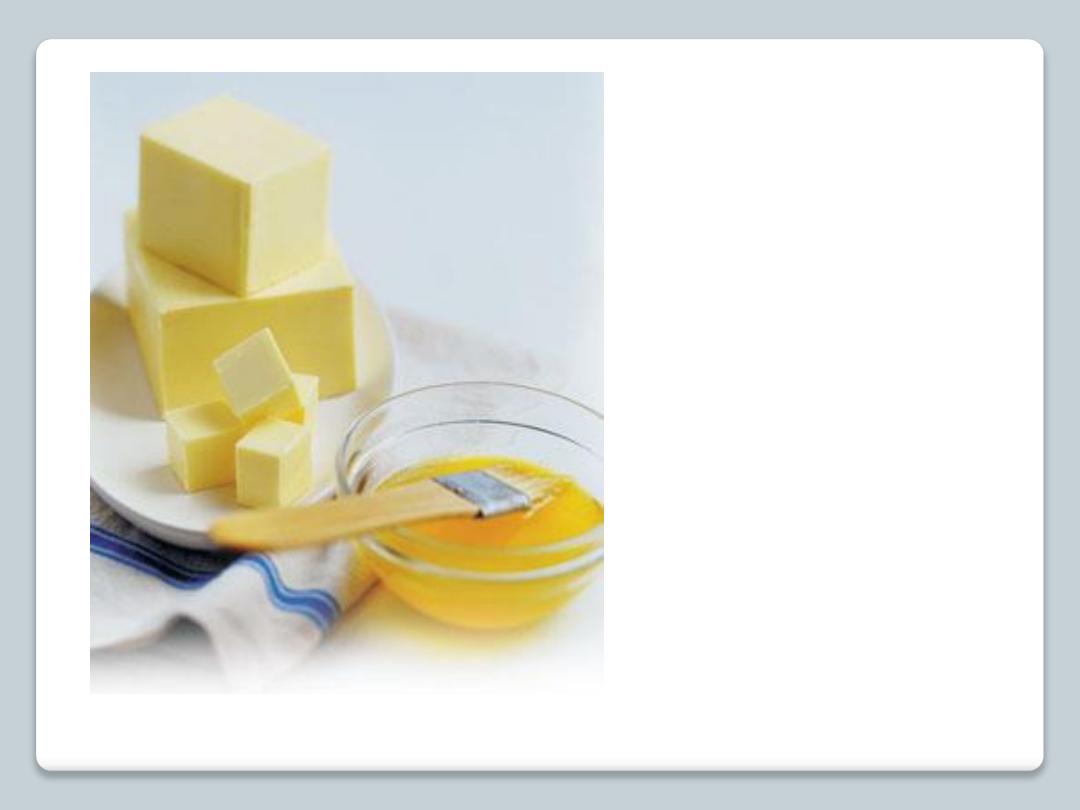
FAT
Lipids are defined as
insoluble substances
in aqueous media,
solubilized by organic
solvents.

SOURCES
Meat, fish,
milk, dairies,
eggs
Saturated
Fatty acid
Animal
Oleaginous
(arachid,
palm,..) fruits
(avocado,
olive
..)
Unsaturated
Vegetable

Energetic role
Lipids have a high energetic value (9 kcal/g) and
constitute the greatest part of the energetic stocks
(95%), in adipose tissue, in the form of triglycerides;
The regulation of these stocks is essentially
hormonal, under the control of insulin, glucagon,
adrenalin, growth hormone, cortisol.

Structural role
Lipids are components of the cellular membranes.
These membranes are more or less rigid, depending on
their composition in saturated/unsaturated fatty acids.
This interferes with their specific functions :
- control of membrane enzymatic activity
- control of membrane fluidity
- control of nerve impulse (for brain cells)

functional role
Cholesterol is a lipid, precursor of steroids, vit D and bile
salts.
- Long chain polyunsaturated fatty acids are the precursors of
prostaglandins :
(arachidonic acid is the precursor of PG2, ecosapentanoic acid
(EPA) is the precursor of PG3)
- Lipids are necessary for the intestinal absorption of the
liposoluble vitamins (A,D,E,K).

Structure
Fatty acids
A fatty acid is constituted by a chain of carbon atoms, with a
terminal carboxylic function.
There are different types of fatty acids, according to the
length of their carbon skeleton's lenght:
- short chain fatty acids (4 to 6 carbon atoms)
- medium chain fatty acids (8 to 12 carbon atoms)
- long (very long) chain fatty acids (more than 14 carbon
atoms)

Structure
Distinctions are made according to the degree of unsaturation of
fatty acids, i.e. the presence or not of double bonds :
- saturated fatty acids
- monounsaturated fatty acids (one double bond)
- polyunsaturated fatty acids (two or more double bonds)

Essential fatty acids
Monounsaturated
fatty acids: non
essential
Palmitoleic
acid: C16:1
Oleic acid:
C18:1
Polyunsaturated
fatty acids:
essential
Linoleic acid:
omega 6
αlinolenic:
omega 3

Human metabolism is not able to synthetize the parent essential
fatty acids, linoleic and
-linolenic acids, which should therefore be
provided through maternal diet.
Linoleic and
-linolenic acids are both essential for normal growth
and for the integrity of organisms. They are not active by
themselves, but are converted into longer and more desaturated
fatty acids that have a functional role as metabolic precursors.
These conversions are catalyzed by desaturases (which introduce a
new double bond in the carbon chain) and by elongases (which add
2 carbons to the chain), and occur essentially in the mother liver
and to a lesser extent in the mammary glands.
Linoleic acid (n-6) -------> Arachidonic acid(20 : 4 n-6)

-Linolenic acid (n-3)
Eicosapentanoic acid (20 : 5 n-3) = EPA
Docosahexanoic acid ( 22 : 6 n-3) = DHA
EPA and DHA play essential roles as :
- cell membrane constituents (phospholipids) including brain cell
membrane constituents
- precursors of thromboxan A3, (antagonist of thromboxan A2),
favoring the fluidification of the blood
- DHA is a one of the main polyunsaturated fatty acids of the brain,
constitutes 50% of the polyunsaturated fatty acids.
- DHA plays a prime role in the development of visual acuity
(constitutes 50% of fatty acids incorporated in the retinal tissue).
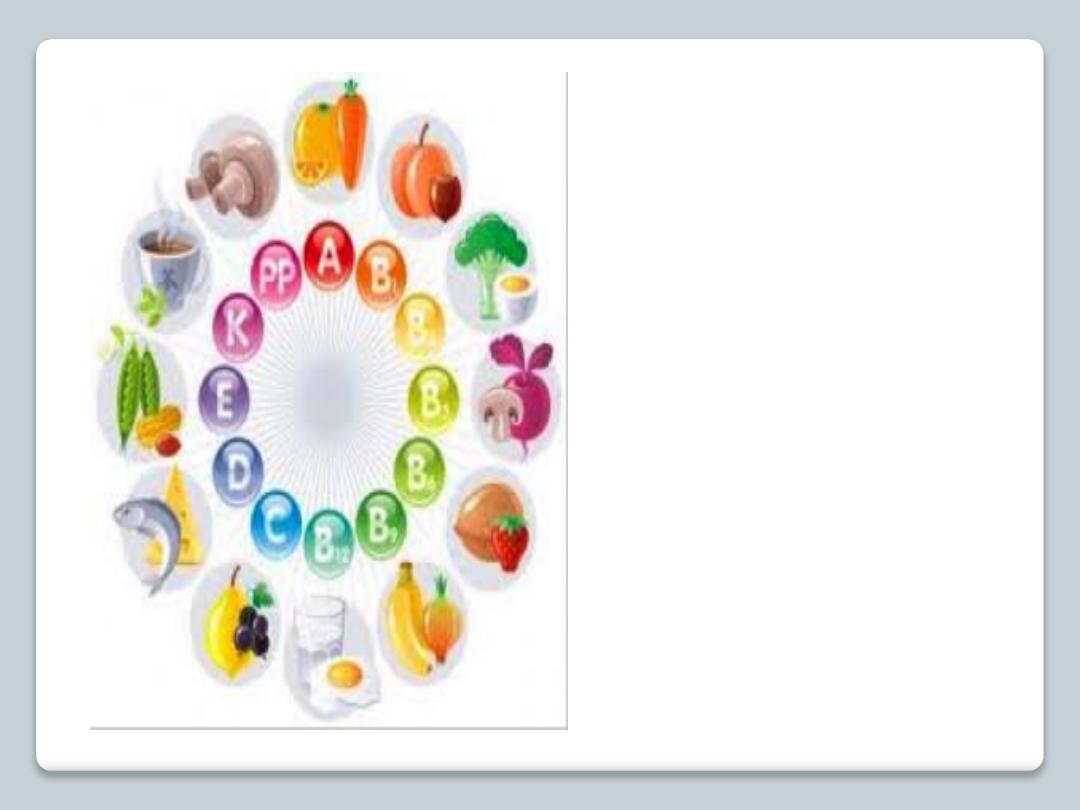
Minerals
and
Vitamins

• B1,B2,B8,B9,Vit
C:active transport
• B6: passive transport
Hydrosoluble
Vitamins
• Vit A,D,E,K
• Their intestinal absorption
requires a correct secretion
of lipases, and a sufficient
concentration of bile acids,
to allow micelle formation
.
Fat soluble
Vitamins

The absorption of vitamin E is facilitated in presence of
short and medium chain fatty acids, and decreased by
polyunsaturated fatty acids, such as linoleic acid.
On the whole, 50 to 70% of the ingested vitamin E is
absorbed. This level of absorption is of 50% for vitamin
K, of 70 to 90% for vit D.
The absorption rate is much lower for pre-term and new-
born infants. This is due to a physiological
malabsorption of fats at that age. Fat malabsorption
systematically involves vitamin D malabsorption.

IRON
Iron may be ingested either under salt form (15%), (in vegetable,
eggs...) or under heminic form (10-30%) in meat (haemoglobin).
The absorption mechanism is different in both cases : the
absorption of salt-
iron is independent from the organism’s iron
stores and is not influenced by other dietary components.
On the contrary, heminic
iron’s absorption is very dependent on its
chemical environment. Under acidic conditions, iron is transformed
in its ferrous form (Fe
2+
) which is soluble and easily absorbed,
unlike its ferric form (Fe
3+
).

IRON
Iron provided by vegetables, fruits, eggs... has a lower absorption
rate than soluble salts, depending on the molecules they are bound
to :
-oxalates (spinach), phosphates (eggs), tannates (tea), phytates
(cereals) form irreversible complexes with iron and avoid its
absorption.
-citrate, fructose, certain amino acids (histidine, arginine, lysine),
vitamin C favor its absorption.
For an equal iron concentration, iron in maternal breast milk is
better absorbed

ZINC
Zinc bioavailability is very varied.
Phytates, cow milk proteins, egg ovalbumin, lemon, inhibit its
absorption.
Non heminic iron inhibit zinc sulfate absorption (but does not inhibit
organic zinc (in oyster) absorption).
Finally, 30% of ingested zinc is absorbed.
Human milk appears to be the only food to contain substances
favoring zinc absorption, which is 3 times higher.
Zinc inhibits copper absorption, and a over intake of zinc may
induce a copper deficiency.

CALCIUM
The absorption rate of calcium by a new born infant is of 70% of
ingested calcium ; it is of 30% by a non-deficient infant.
Calcium enters the enterocyte by passive diffusion. Then, it enters
subcellular organelles or binds with a specific protein, called CaBP
(calcium binding protein).
The absorption and metabolism of calcium is regulated by :
-vitamin D3, which increases the membrane permeability to calcium
and controls the synthesis of CaBP
-saturated fatty acids, which complex calcium and prevent its
absorption
- lactose, which favors calcium absorption
.

Renal solute load
The concentration of urine is defined by its osmolality. For clinical
purposes, the terms osmolality (expressed as mosmole of solute/kg
of water) and osmolarity (mosmole of solutes per liter of solution)
may be used interchangeably.
The PSRL (potential of renal solute load) refers to solutes of
dietary origin that would need to be excreted if none were diverted
into the synthesis of new tissue and none were lost through
nonrenal routes.
The PSRL is defined as the sum of four minerals (expressed in
milimoles) and the solutes derived from the metabolism of dietary
nitrogenous compounds (in mg) (it is assumed that all dietary
nitrogenous compounds is converted to urea).

Renal solute load
PSRL (mosm) = Na + Cl + K + P + (N/28)
PSRL (mosmol /l)
Mature human milk
Whole cow milk
93
308
